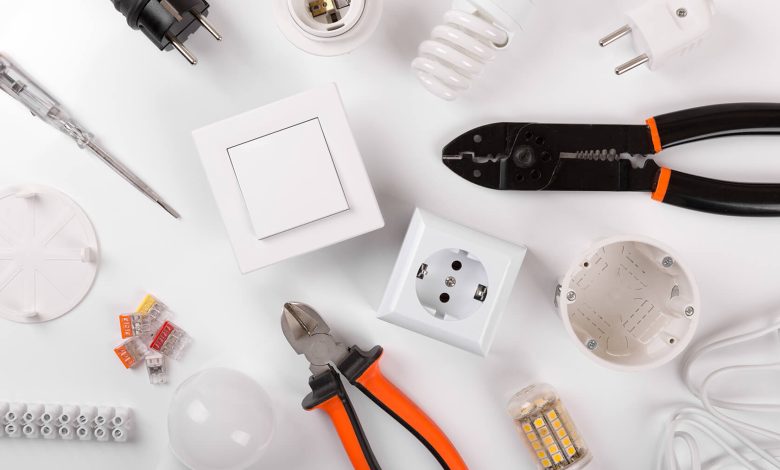Characteristics of electrical conductors

- An electrical conductor is a material that offers little resistance to the passage of electricity, and therefore serves to transport it.
- The electrical conductor can be in the form of a single stranded wire or a cable made up of several strands or wires twisted together.
- Additionally, some electrical conductors use a polymeric protection on the insulation, called cladding or covering and its main objective is to protect the integrity of the insulation and the conductor against any type of damage.
How to choose an electrical conductor?
Type of conductor
The types of electrical conductors are named with letters and numbers, and each of them is differentiated by its insulation, whether it is wire, cord or wire, its installation method and its recommended use.
- NYA
- HO5VV-F
- NYA h07V-U
- H0771-K
- THHN
Withstand voltage
It is the voltage between phases, there are 4 main types of phases, which are divided according to the system voltage:
- Very low voltage (mbt): corresponds to voltages of up to 50 V, in direct current or equal effective values between phases in alternating current.
- Low voltage (bt): corresponds to voltages above 50 V, and up to 1,000 V, in direct current or equal effective values between phases in alternating current.
- Medium voltage (mt): corresponds to voltages above 1,000 V and up to 33,000 V inclusive.
- High voltage (at): corresponds to voltages above 33,000 V.
Insulation type
It refers to the type of conductor insulation material and its respective thickness.
Protective cover or jacket
It is the additional protective cover to the insulation; it can be of different materials and characteristics.
Neutral conductors
All electrical systems require neutral conductors and protective conductors.
- Phase 1 Driver: Blue.
- Phase 3 Driver: Red.
- Neutral conductor: White.
- Protective conductor or ground: Green or Green / Yellow.
How do you know how much material is needed?
To determine the amount of conductor you require, add the linear meters of each wire of the electrical plane circuits.
Types of conductors
Technical specifications:
- Maximum service temperature: 70 ° C.
- Maximum operating voltage (V): 500 V (bt).
- Type of insulation: PVC.
- Protection cover: flexible PVC cover, in standard colors gray, white and black.
- Channeling: aerial not underground.
Shreelight Power, One of the best Electrical Products Suppliers in Vadodara.
SINGLE SINGLE-POLE ELECTRICAL SWITCH
Single-pole switches are electrical mechanisms that, in domestic lighting, take two positions: on and off. In one position it lets the current pass and in the other it cuts.
SINGLE BIPOLAR ELECTRIC SWITCH
So, it is an electrical mechanism that, although it may well do the same function as the conventional unipolar switch, it has the peculiarity that uses two cables to cut the current: the phase and the neutral.
In other words, bipolar switches are those capable of controlling, by means of a key, two electrical circuits. With these switches you can interrupt and resume, that is, turn the light on and off using a single lever.
Double-pole types of light switch types have a single button and 4 connection terminals (4 electrical wires connect).
Without a doubt they are the safest and most practical. The bipolar switches are safety elements for the electrical installation that can avoid more than one scare.




